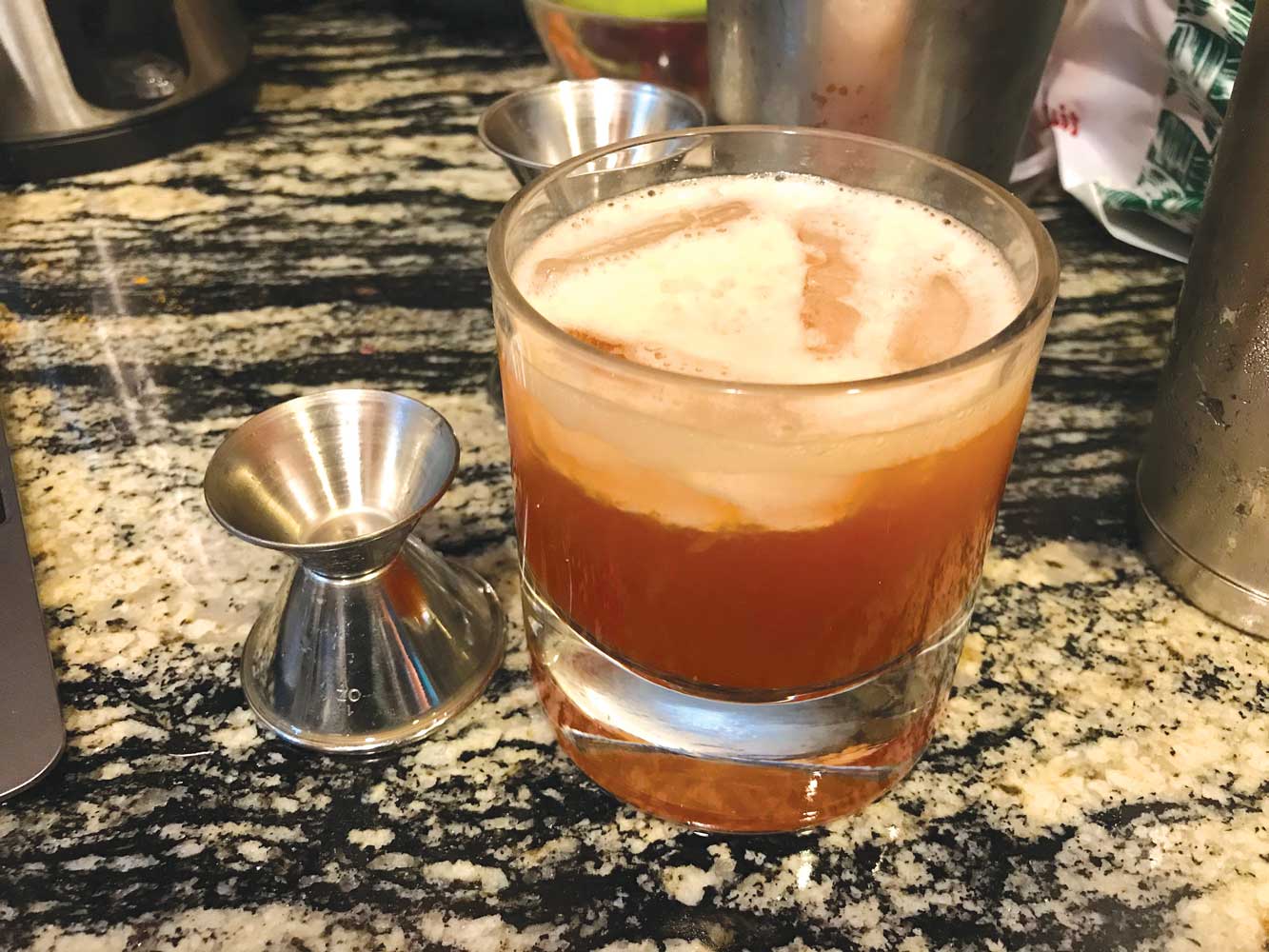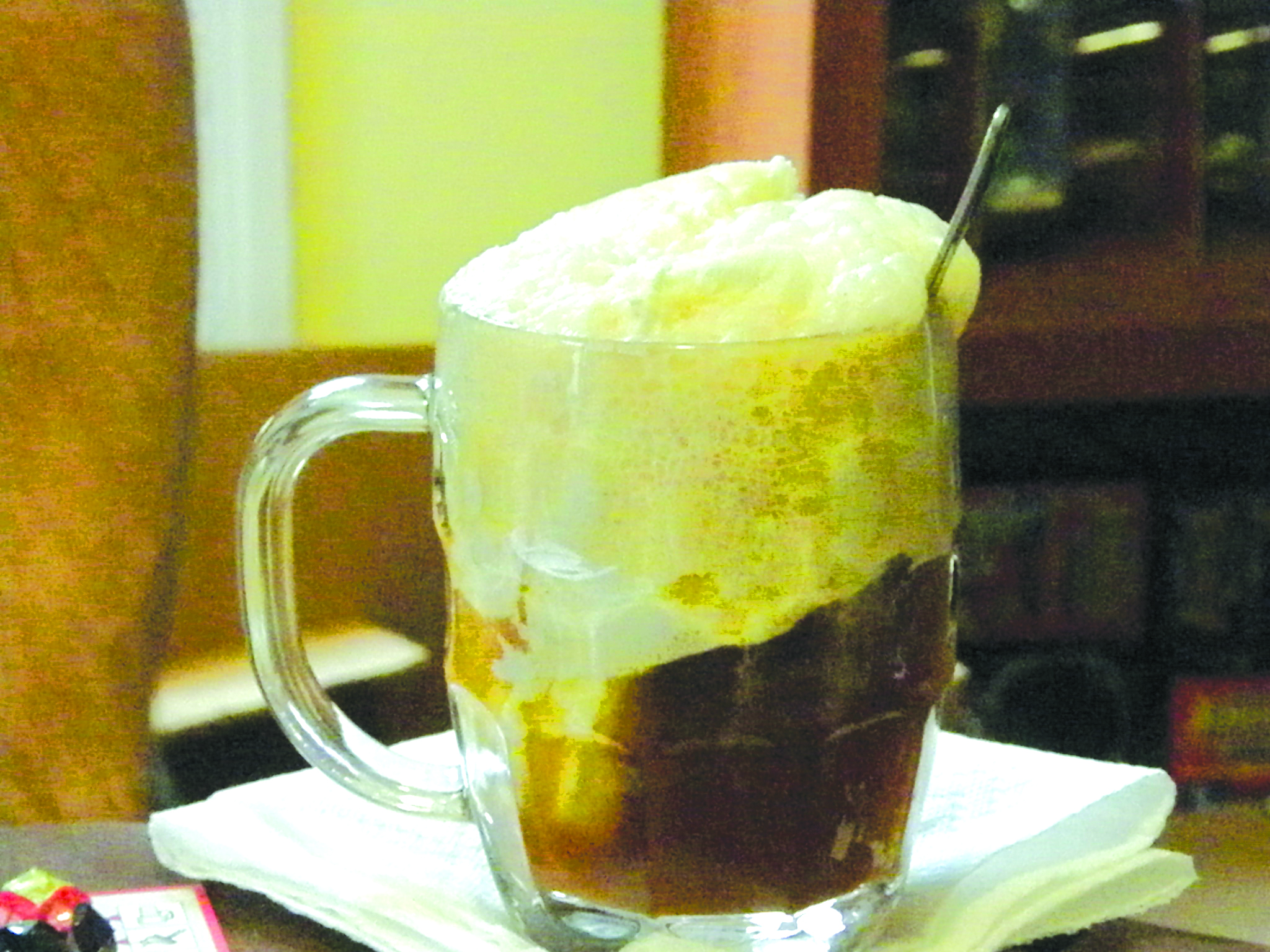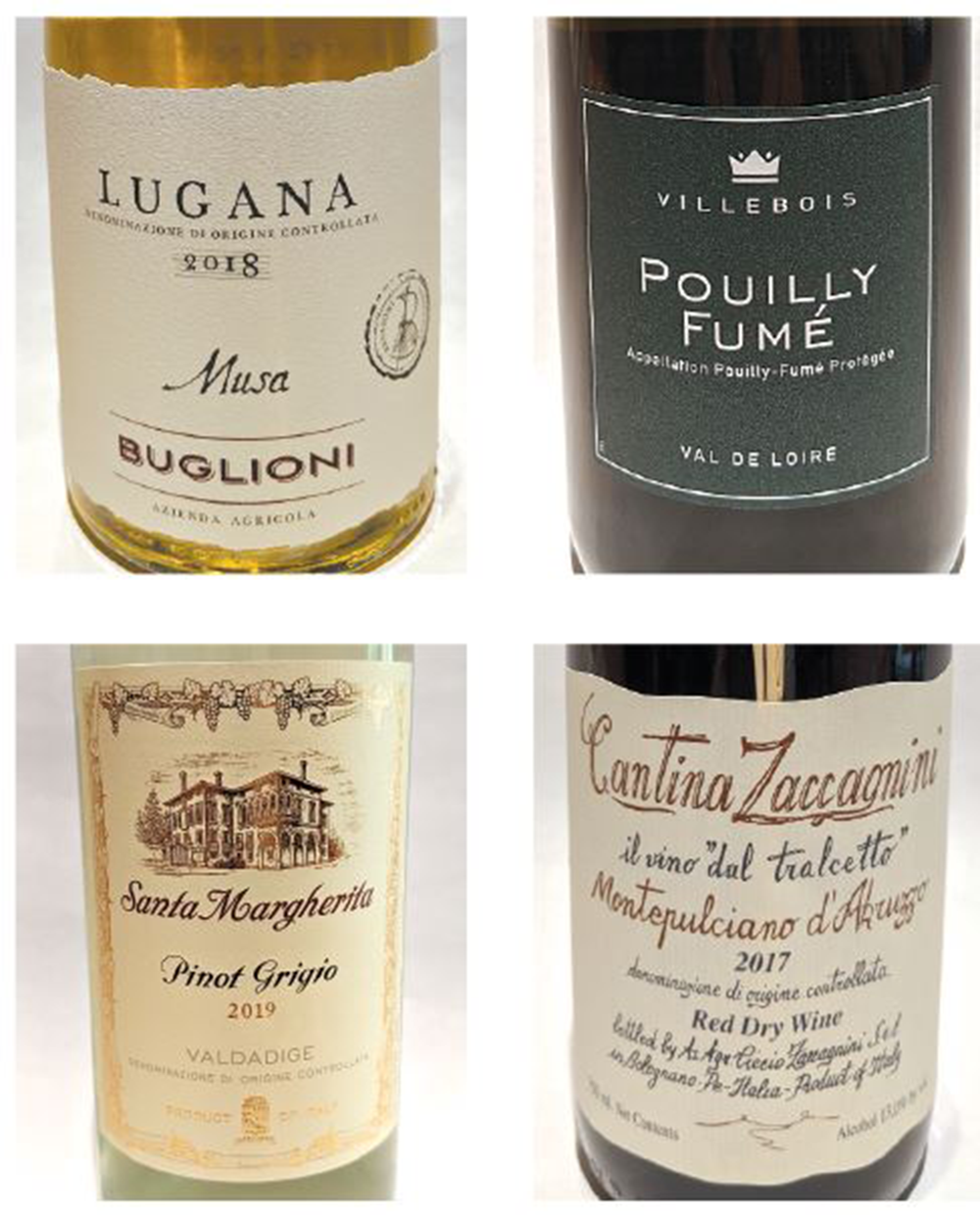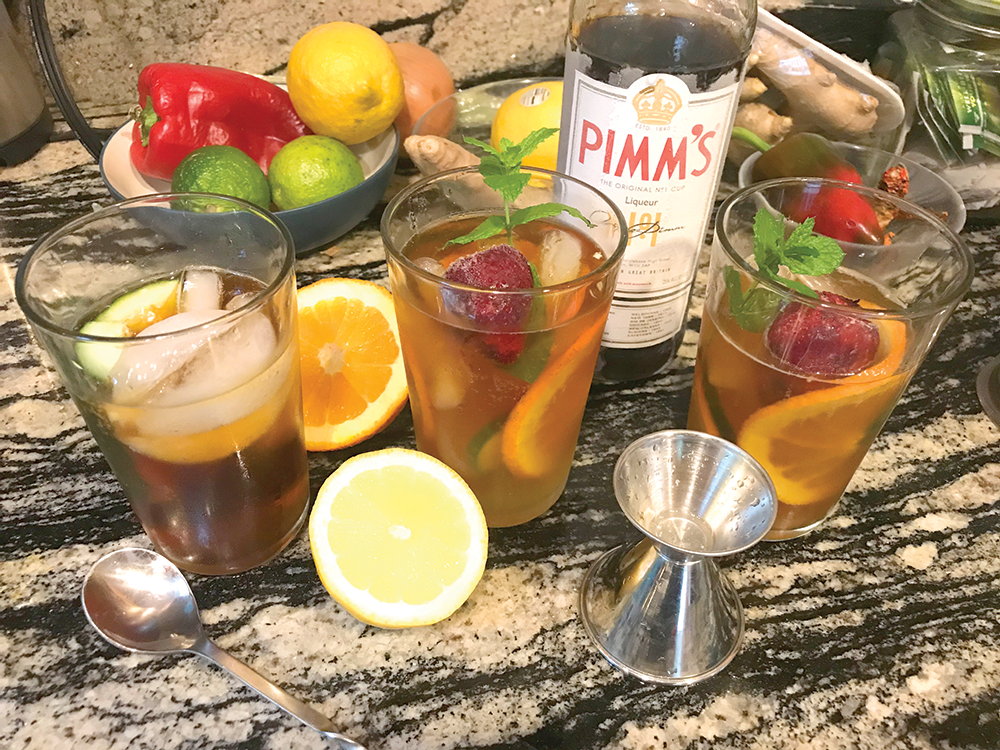Campfires, backyard firepits, s’mores — and port
It may not officially be fall, but in some places the trees are beginning to blush and the evenings are now calling for jeans and sweatshirts. The air is crisp and “pick your own” ventures have changed from berries to apples. It is a beautiful time of the year and the perfect time to relish those opportunities to gather around a campfire or backyard firepit after the sun goes down. Break out the graham crackers, marshmallows and Hershey chocolate bars and create that sublime evening treat. And what do we want to sip with such fare? Port, of course!
Port is the perfect drink to pair with fruit, cheese and everything in between — even s’mores! Port can stand on its own, sipped slowly, bundled up while gathered around the firepit in the backyard. Port is a fortified wine at 20 percent alcohol. It is simply wine produced from grapes that are fermented, with the addition of some spirits, typically brandy, which stops the fermentation process. Port is produced wherever wine is made, including the United States, Australia, India, Argentina, Canada, and South America, but authentic port is unique to Portugal. It all started over the wars that the British and French were constantly engaged in. The British needed a source outside of France for their table wines. They turned to Portugal, but these wines were unstable and not favored as much as the French wines. It was already a common practice to add some spirits to lesser wines to fortify the mixture to extend its life while traveling; wines like Madeira come to mind. Port wine takes its name from the city of Oporto, where the Douro River meets the Atlantic. The Douro River valley was and still is known as the home of some great vineyards upriver, and these grapes along with the added brandy give port wine its unique flavor. In fact, only Portuguese-made port can carry the identifying term “Porto” on the label. And, as is obvious from reading the labels on the bottles, the British became involved in the exportation and sale of this marvelous product, hence the port labels of Taylor, Warres, Graham’s and others!
Port is a red wine, with one notable exception — white port, which is made from white grapes. Ruby port is a young, inexpensive wine, deep red in color and aged for only about three years. Vintage port is a blended harvest, placed in oak casks for several months, then bottled and aged for 20 or more years. Late bottled vintage port is made from grapes grown in a specific year, aged in oak for four to six years, then bottled. Tawny port with a reddish-brown color is aged in casks for several years, some for up to 40 years! Port wine labels carry a lot of information, so much so that an entire column could be devoted to it.
But let us begin our tasting of port wines! Taylor Fladgate 2014 Late Bottled Vintage Port (originally priced at $19.99 and reduced to $16.99 at the New Hampshire Liquor & Wine Outlets) has a beautiful ruby-colored rim sitting atop a deep purple-black body. On the nose there are rich jam-like notes of currants and blackberries, along with light spice. To the tongue, the same fruit comes through with light tannins of leather, followed by a long finish. This is a superlative “entry-level” port at an appealing price. According to the Taylor Fladgate website, it is blended from some of the best ports produced from the 2014 harvest. By all accounts this is a young port that has been in oak casks for six years and is ready to drink now.
Our second port is Taylor Fladgate 10 Year Old Tawny Porto (originally priced at $27.99, and reduced to $24.99 at the New Hampshire Liquor & Wine Outlets). It has a slight amber cast to its rich reddish brown color. To the nose there are notes of dried cherries and hazelnuts, all coming from its time within oak casks. It is ripe, rich and full to the mouth, with a silky palate of chocolate and butterscotch. Its long finish is to be savored.
So bundle up, light those firepits, roast some marshmallows to make s’mores, and savor these wonderful ports made for these moments. Pick up a bottle of each and send your reviews to the Hippo!
Featured photo: Courtesy photos






